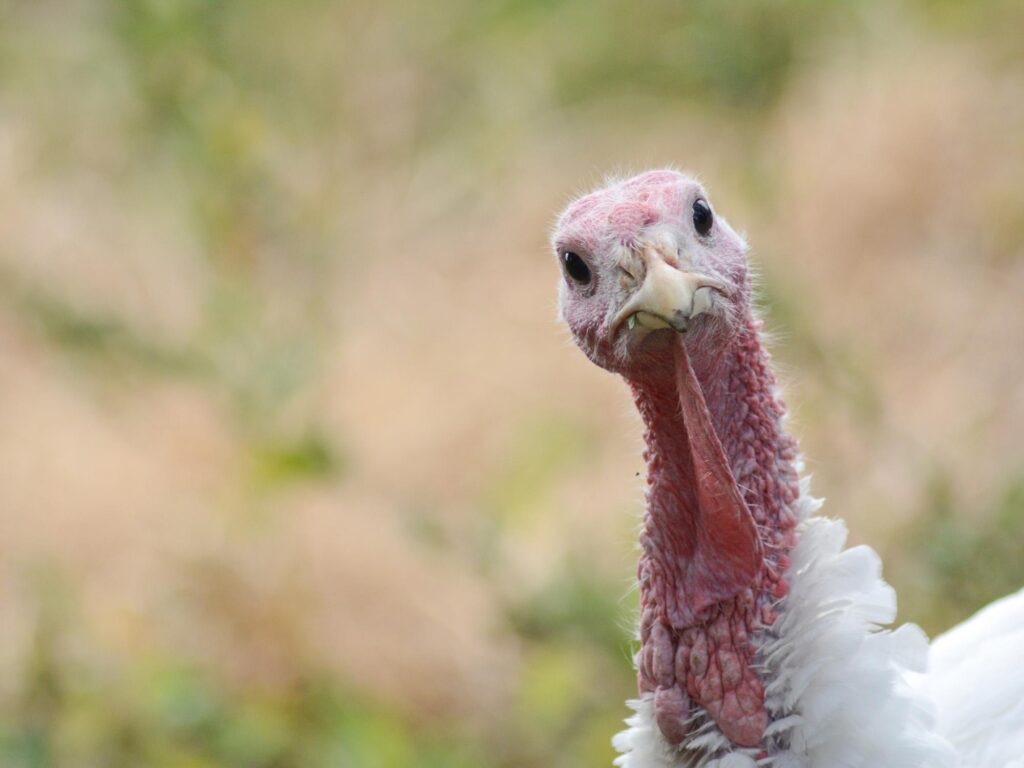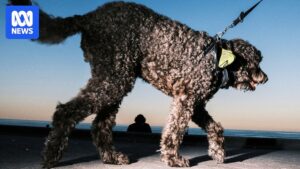
As Thanksgiving approaches and millions of Americans turn their thoughts to turkey, a groundbreaking technological advancement is taking place in the world of poultry farming. A team of researchers, spearheaded by an animal scientist at Penn State University, has successfully tested an innovative method to help poultry producers monitor their turkeys more efficiently. This development could transform the way large commercial farms manage productivity and animal welfare.
Monitoring the behavior and health of poultry animals on expansive farms is traditionally a costly and labor-intensive task. To address these challenges, the researchers have introduced a small drone equipped with a camera and computer vision technology—a form of artificial intelligence (AI) that processes visual information. This technology enables the automatic recognition of turkey behaviors, providing a new avenue for efficient farm management.
Revolutionizing Poultry Monitoring with AI
The study, which is available online and will be published in the December issue of Poultry Science, marks the first time a drone paired with a computer vision model has been used to detect turkey behaviors from overhead video footage. According to Enrico Cassela, the study’s senior author and an assistant professor of data science for animal systems at Penn State, this research represents a significant step forward.
“This work provides proof of concept that drones plus AI can potentially become an effective, low-labor method for monitoring turkey welfare in commercial production,” Casella stated. “It lays the groundwork for more advanced, scalable systems in the future.”
The research team utilized a commercially available drone equipped with a standard color camera to capture video footage of 160 young turkeys, aged between five and 32 days, at the Penn State Poultry Education and Research Center. The drone’s flight paths were meticulously planned to ensure comprehensive coverage of the area during each recording session.
Building a Comprehensive Behavioral Dataset
From the video footage, researchers extracted individual image frames and manually labeled the turkeys’ behaviors. This process resulted in a dataset comprising over 19,000 labeled instances of various behaviors, including feeding, drinking, sitting, standing, perching, huddling, and wing flapping. The dataset was then used to train, test, and validate a computer vision model known as YOLO—an acronym for “you only look once”—which is widely used for object and action detection in images.
The implications of this study are far-reaching. By automating the monitoring process, producers can reduce labor costs and improve the accuracy of their assessments. This technological advancement could lead to better-informed decisions regarding animal welfare and farm management practices.
Implications for the Future of Farming
The introduction of AI-driven drones into poultry farming is part of a broader trend towards the integration of technology in agriculture. As farms grow larger and more complex, the need for innovative solutions becomes increasingly urgent. The use of drones and AI not only addresses labor shortages but also enhances the ability to maintain high standards of animal welfare.
Experts in the field are optimistic about the potential applications of this technology. By providing real-time data and analysis, AI-driven systems could revolutionize the agricultural industry, leading to more sustainable and efficient farming practices.
According to a report by the International Food Policy Research Institute, “The adoption of AI in agriculture could increase productivity by up to 25% while reducing environmental impact.”
As the agricultural sector continues to evolve, the integration of AI and drone technology offers promising opportunities for innovation. The success of this study at Penn State serves as a catalyst for further research and development in the field, with the potential to reshape the future of poultry farming and beyond.
Looking ahead, the research team plans to refine their model and explore additional applications for AI-driven drones in agriculture. By expanding their dataset and improving the accuracy of their computer vision model, they aim to develop a scalable system that can be implemented on farms worldwide.
In conclusion, the successful testing of AI-driven drones for turkey monitoring marks a significant milestone in agricultural technology. As researchers continue to push the boundaries of what is possible, the future of farming looks increasingly promising, with AI playing a central role in driving innovation and efficiency.






